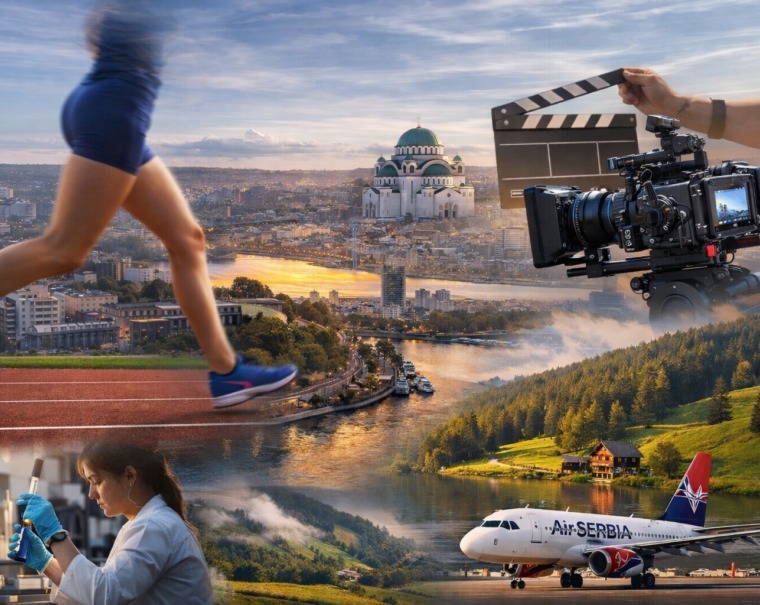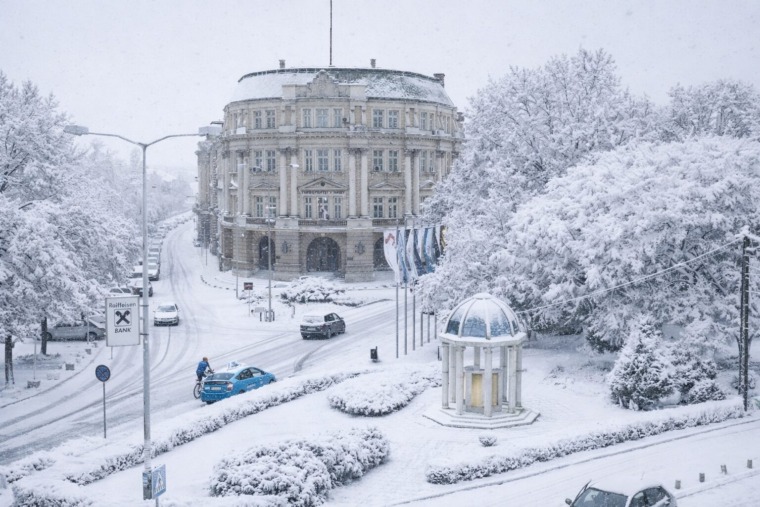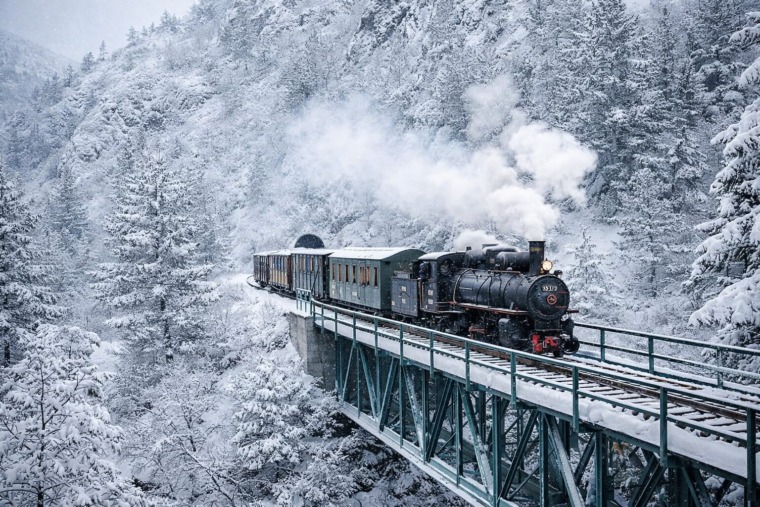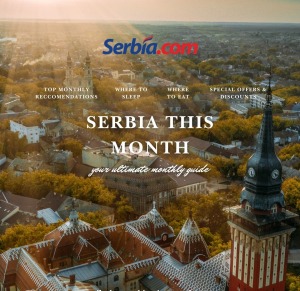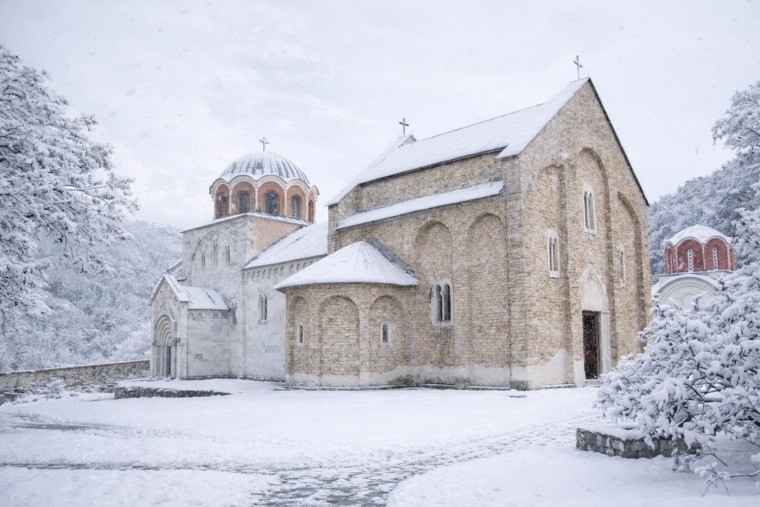
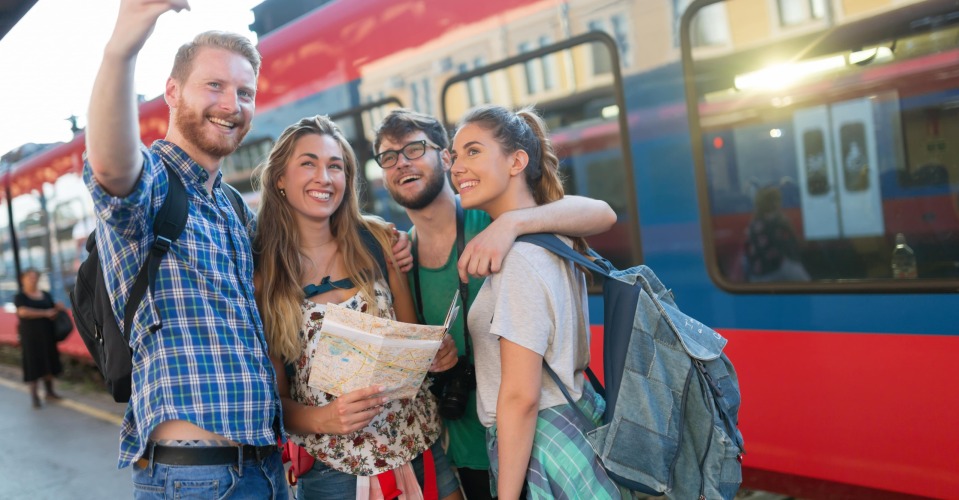
Welcome to Serbia – Where Tradition Meets Vibrance in 2025
If Serbia is on your travel list for 2025, you’re in for an unforgettable experience. This Balkan gem is buzzing with history, culture, and scenic landscapes — but it’s also evolving, with fresh experiences, upgraded infrastructure, and cultural happenings that make 2025 a perfect time to visit. Whether you’re coming for the festivals, food, nature, or urban vibes, here’s everything you should know before you land.
1. Visa and Entry Rules in 2025
For most European and Western travelers, Serbia remains visa-free for short stays (up to 90 days). Citizens of the EU, UK, USA, Canada, Australia, and many other countries can enter with just a valid passport. However, Serbia has begun implementing tighter controls at some borders, and it’s recommended to double-check entry requirements, especially if you’re traveling with pets or equipment.
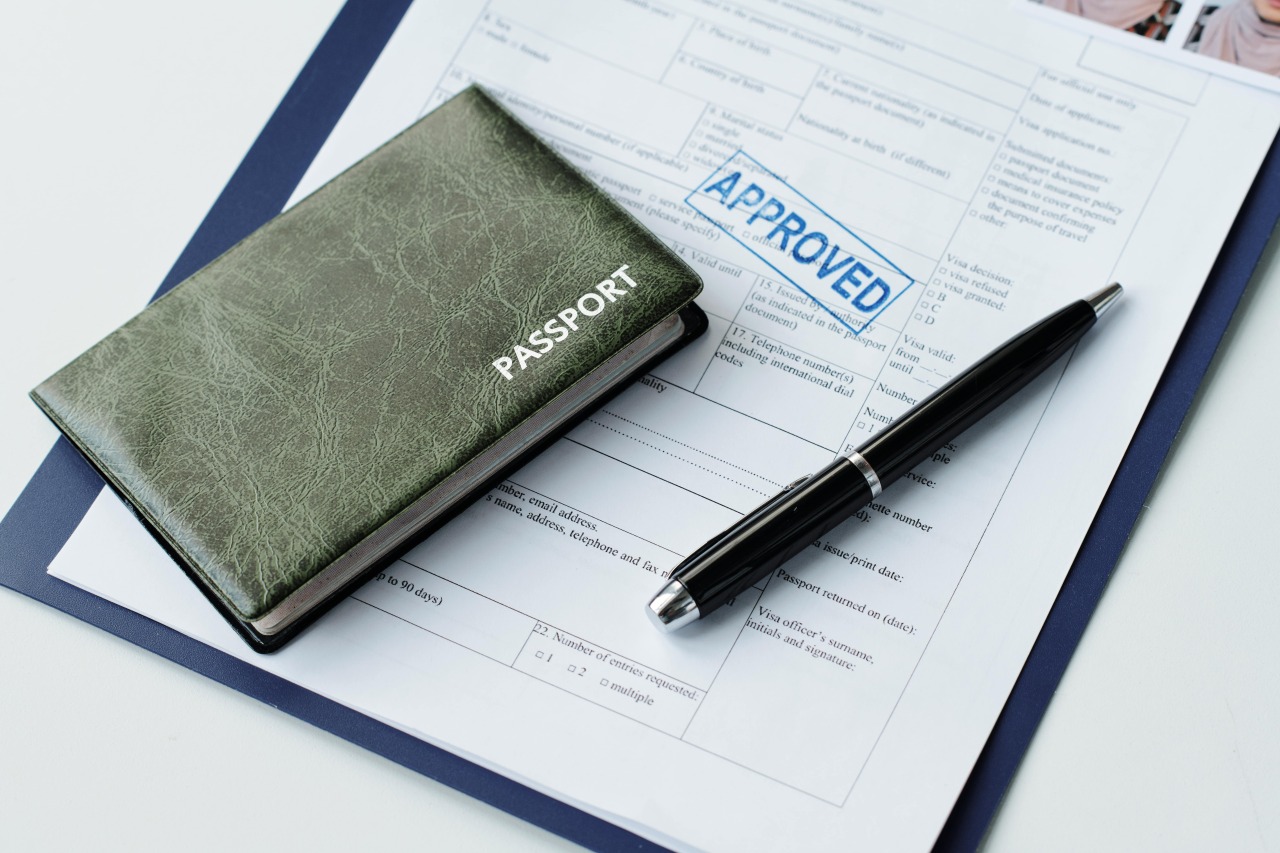
🛂 Tip: Always check the Serbian Ministry of Foreign Affairs website before traveling for the latest updates.
If you want to apply for residence & work permit in Serbia, we can assist you throughout the entire process and ensure positive outcome on your residence and work permit application.
2. Currency: Still the Dinar
The local currency remains the Serbian dinar (RSD). Credit cards are widely accepted in cities, but cash is king in rural areas, taxis, and smaller establishments.
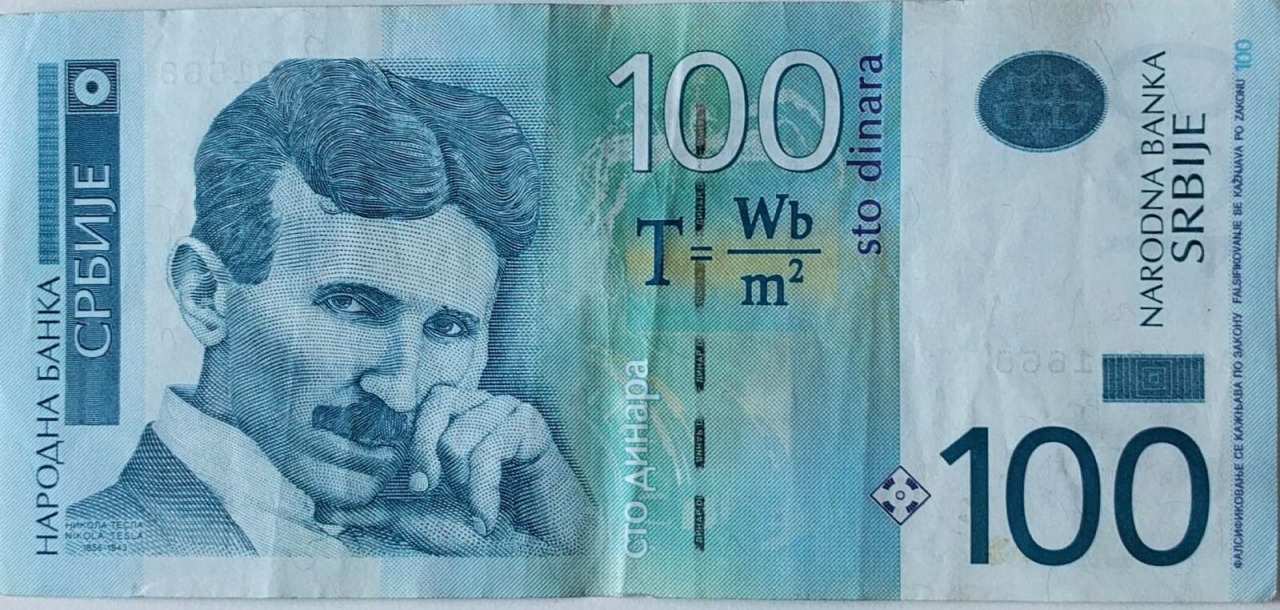
💳 Pro tip: Withdraw dinars from local ATMs rather than exchanging at airports for better rates.
3. Major Events and Festivals in 2025
Serbia in 2025 is a cultural hotspot. Mark your calendar for:
- EXIT Festival in Novi Sad (July) – Europe’s favorite music festival, hosted in the Petrovaradin Fortress.
- Guča Trumpet Festival (August) – The legendary brass band celebration that’s pure Balkan energy.
- Belgrade Beer Fest (June) – A mix of local brews and big-name concerts in the capital.
- Nisville Jazz Festival (August) – For jazz lovers and culture seekers.
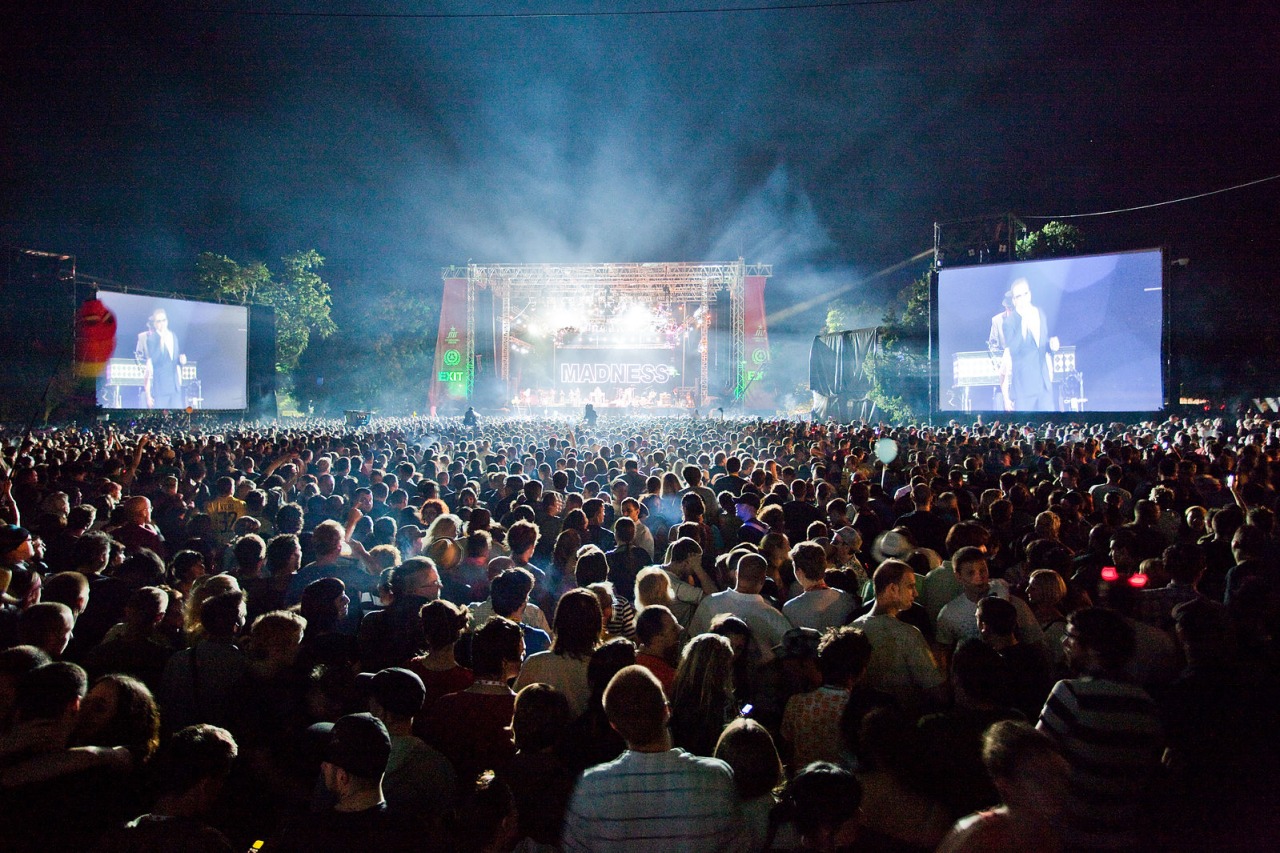
🎭 Plus, 2025 is expected to see new cultural initiatives, especially around sustainable tourism and rural heritage.
4. Transport and Infrastructure Updates
Serbia has been investing heavily in transportation. The Belgrade-Novi Sad high-speed railway is now fully functional, making travel between the capital and the north faster than ever (less than an hour!). Highway extensions toward Montenegro and North Macedonia are also speeding up cross-border travel.
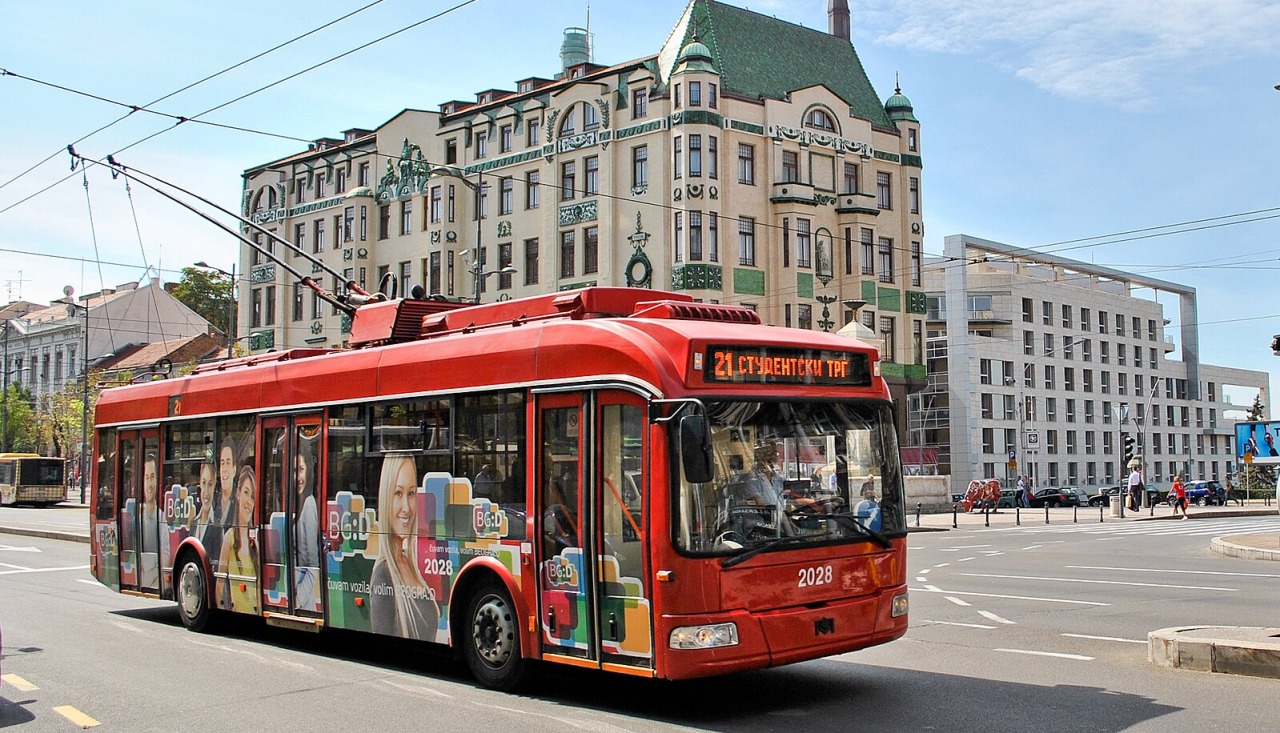
🚆 Note: Trains are a scenic and comfortable option. For remote areas, renting a car is still your best bet.
5. Language and Connectivity
While Serbian is the official language, English is widely spoken in cities, especially among younger people. Google Translate works surprisingly well for signs and menus. Internet coverage is excellent, with 4G everywhere and 5G rolling out in Belgrade and Novi Sad.
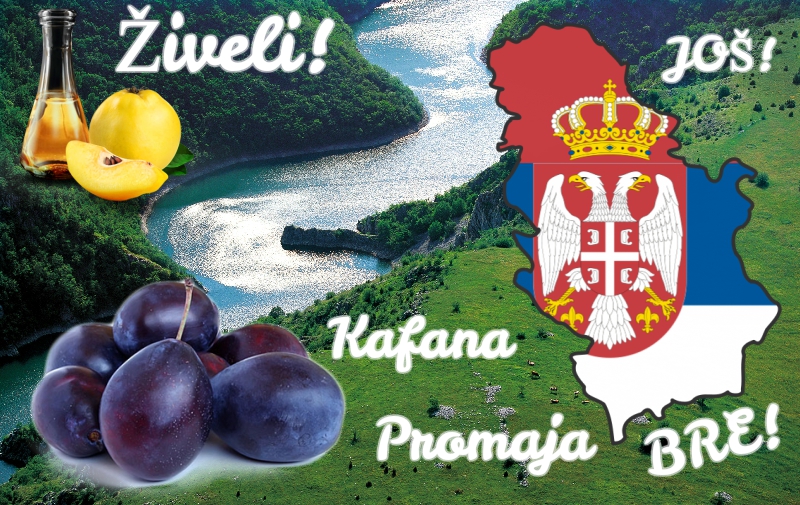
📱 Local SIM cards (MTS, Telenor, A1) are cheap and easy to get.
6. Where to Go in 2025
Beyond Belgrade and Novi Sad, here are a few trending places you shouldn’t miss:
- Tara National Park – A paradise for hikers and wildlife lovers.
- Uvac Canyon – For those iconic meandering river views and griffon vultures.
- Rtanj and Suva Planina – Mountains attracting eco-tourists and adventure seekers.
- Eastern Serbia (Zaječar, Negotin, Bor) – With archaeological sites, rural wineries, and untapped beauty.
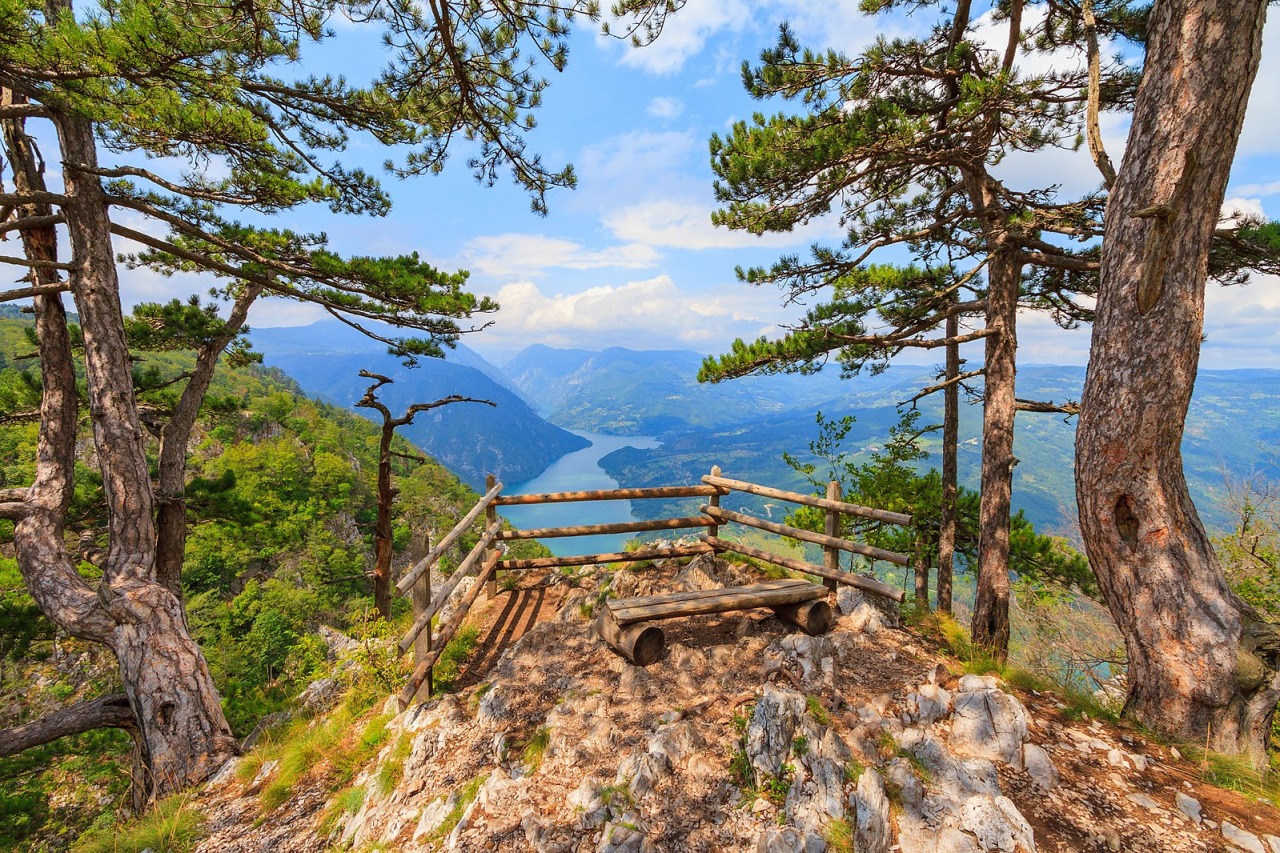
🌿 Serbia is promoting eco-tourism and local experiences in 2025 more than ever. Try rural stays, traditional cooking classes, or village cycling tours.
7. Food, Coffee, and Rakija Culture
Food in Serbia is rich, hearty, and best enjoyed slowly. Expect plenty of grilled meats, fresh bread, cheese, and seasonal salads. Vegetarians and vegans will find more options in 2025 than ever before, especially in Belgrade, Niš, and Novi Sad.
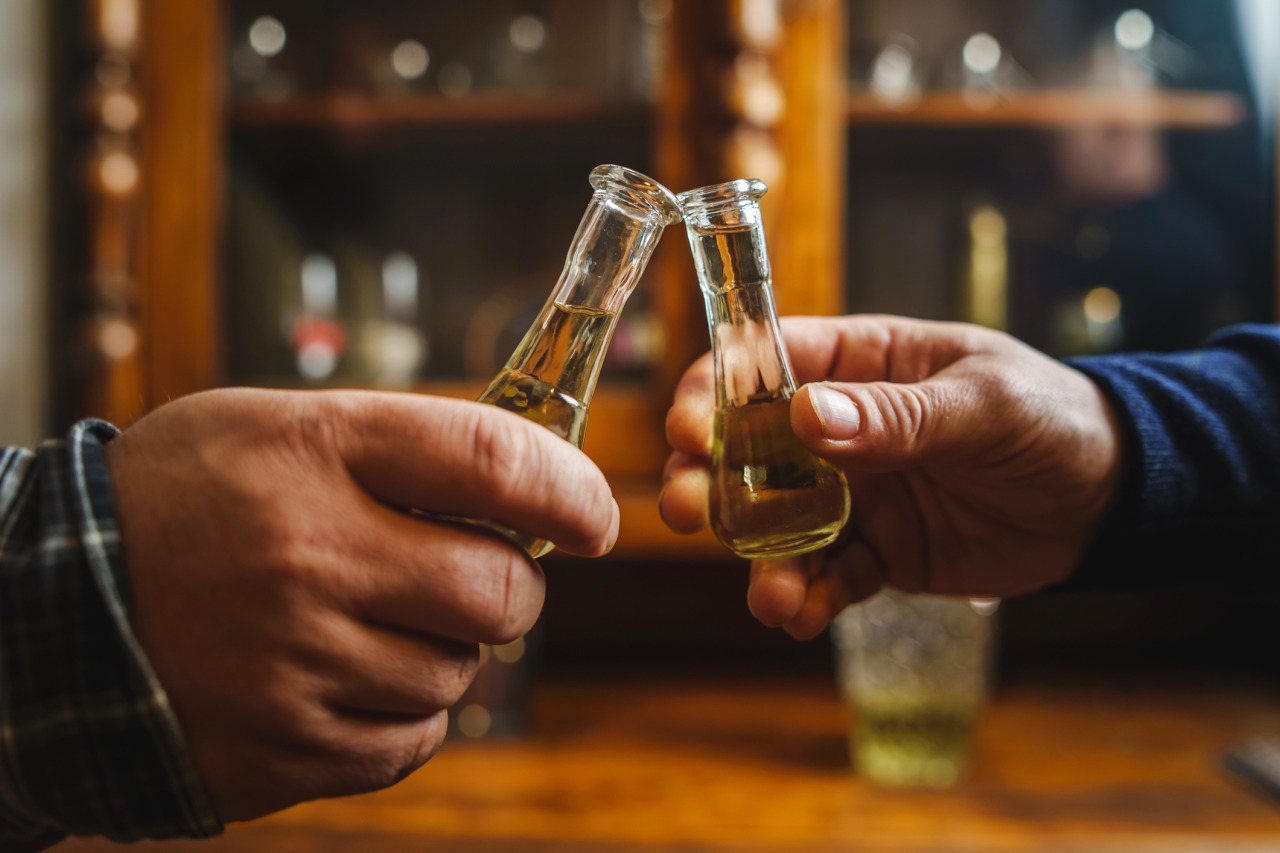
☕ Coffee is a ritual. Try a domaća kafa (Serbian/Turkish-style) served with sugar cubes and sometimes a piece of ratluk (Turkish delight).
🥃 Rakija (fruit brandy) is still the national drink – and saying no is hard when it’s homemade.
8. Safety and Hospitality
Serbia is very safe for tourists, with low crime rates and welcoming locals. Hospitality isn’t just a custom – it’s a way of life. Don’t be surprised if someone invites you into their home or insists you try their mother’s ajvar.

👮♀️ Emergency number: 192 (police), 194 (ambulance), 193 (fire department).
9. Sustainability and Responsible Travel in 2025
As climate awareness grows, Serbia is making efforts toward sustainable tourism. There are more eco-friendly guesthouses, zero-waste tours, and support for local artisans and guides. Travelers are encouraged to respect nature, support local economies, and reduce plastic use.
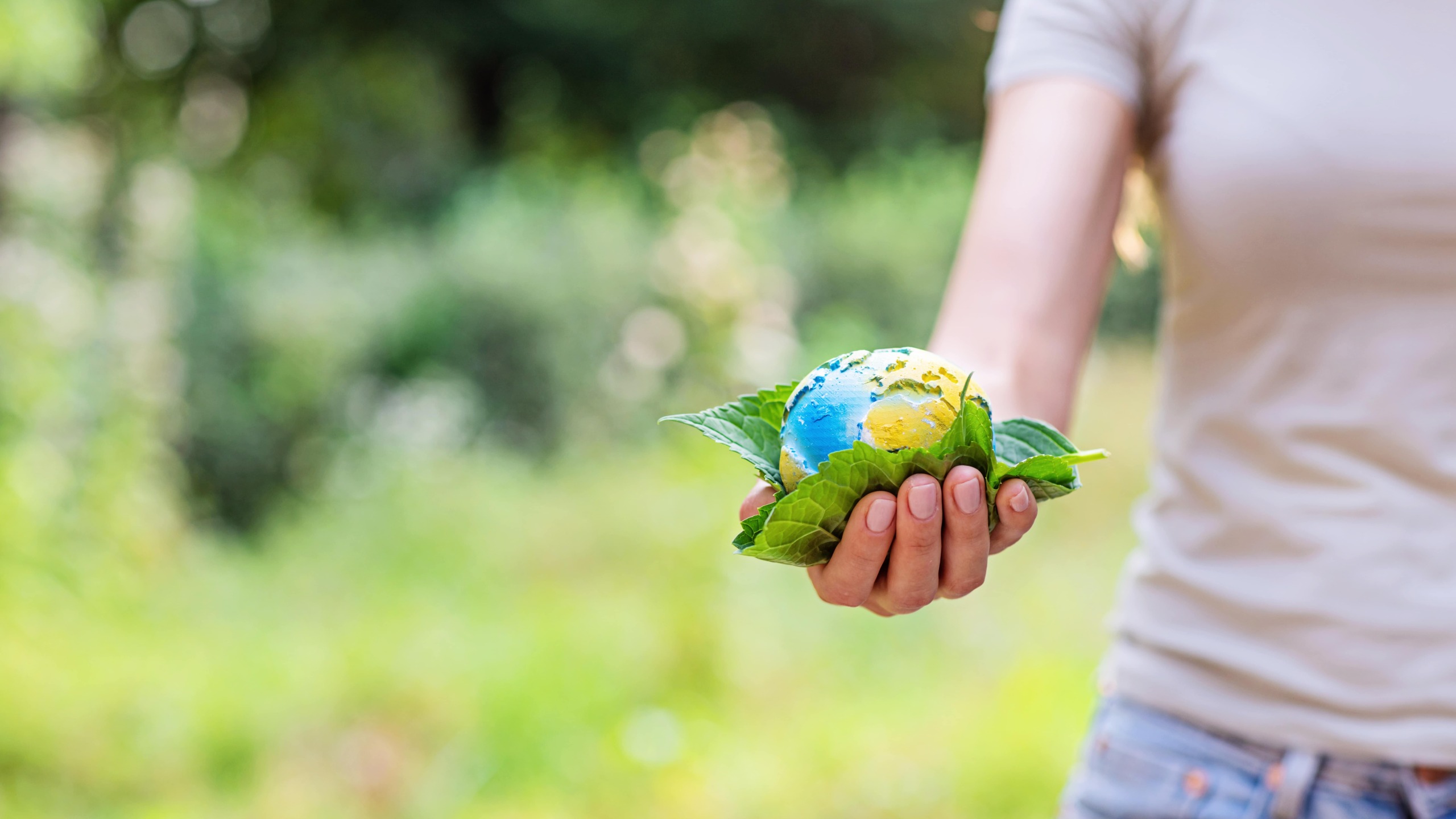
10. Final Tips Before You Come
- Don’t rely solely on Google Maps in remote areas – ask locals!
- Pack for all seasons: winters are cold, summers are hot.
- Tipping: 10% is appreciated in cafes and restaurants.
- Learn a few Serbian words: “Zdravo” (Hi), “Hvala” (Thank you), “Molim” (Please/You’re welcome).
Come With Curiosity – Leave With Stories
Serbia in 2025 is a place where the old and new dance together: ancient monasteries and modern art, traditional songs and techno beats, mountain silence and festival chaos. Whatever your style, Serbia is ready to welcome you with open arms, a shot of rakija, and a smile that says — dobrodošli!
Related Articles

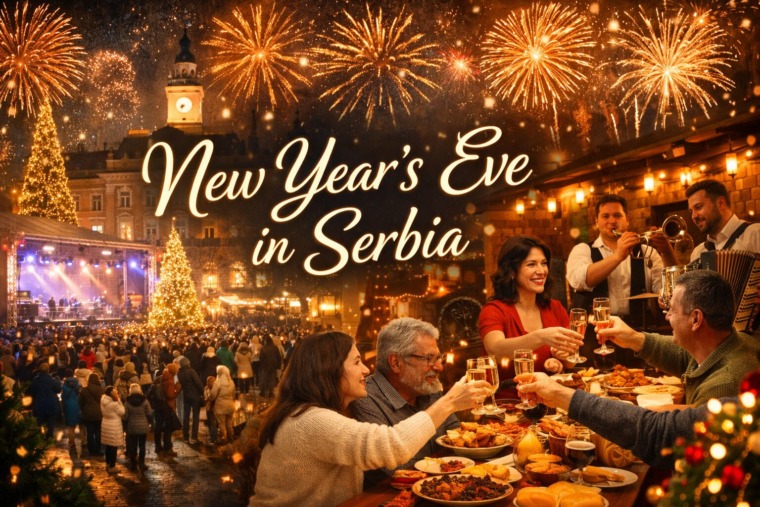
From Fireworks to Family Dinners: New Year’s Eve Across Serbia
December 31, 2025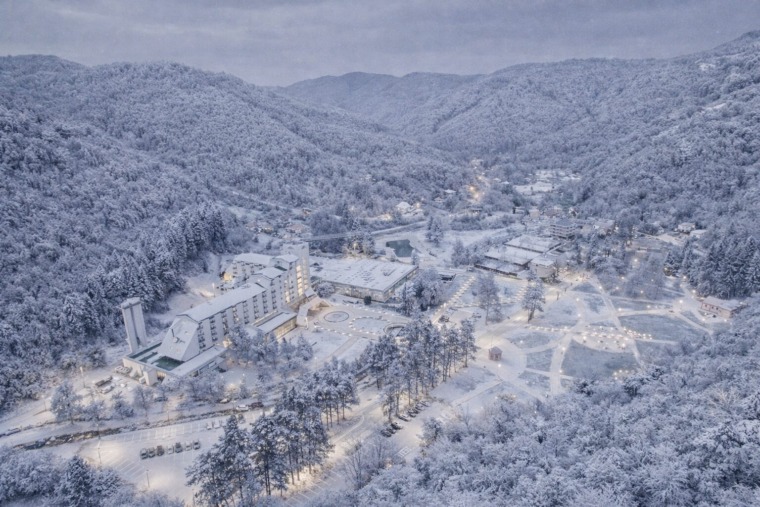
Kuršumlijska Banja: Serbia’s Quiet Winter Spa Escape
December 30, 2025
Novak Đokovic Receives Special Globe Soccer Award in Dubai
December 29, 2025